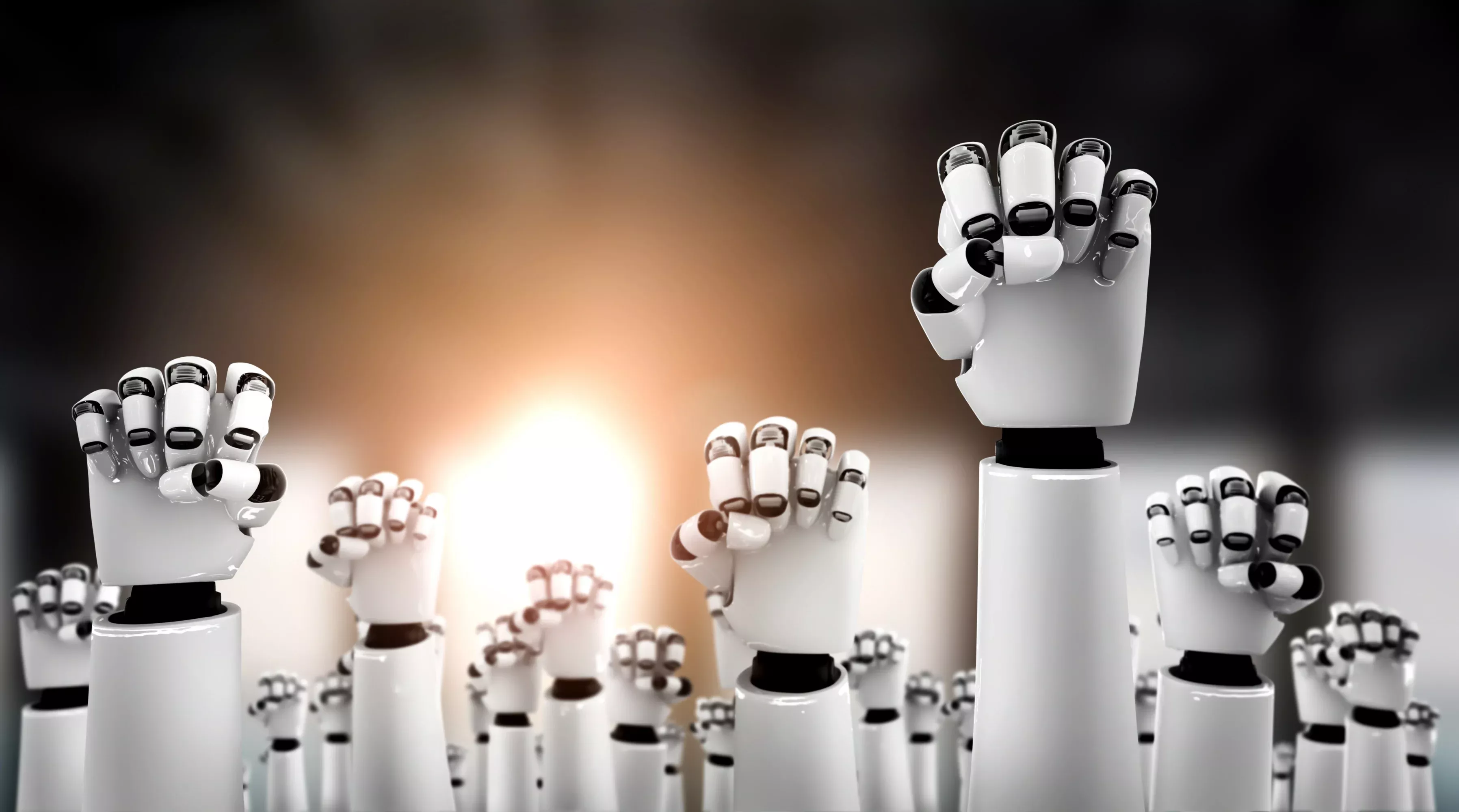With businesses of all sizes and industries undergoing digital transformation, automation solutions powered by RPA and IPA have emerged as the powerful engines behind most of these transformations. As per Forrester, automation is set to “become the tip of the digital transformation spear, impacting everything from infrastructure to customers and business models.”
In an earlier article, we discussed how two advanced technologies can combine to open up the possibilities of interesting solutions. Integrating RPA with AI and machine learning to create Intelligent Process Automation (IPA) is yet another example of this. While robotic process automation (RPA) cuts down the hours spent on repetitive tasks, IPA adds in creativity and continuous learning to make the automation a lot more intelligent.
RPA for Digital Transformation - A Recap
RPA allows businesses to automate high volume, repetitive tasks that use fixed and structured inputs. These tasks are routine and strictly rule-based that require no creative inputs. They, however, have high stakes where human errors can prove costly. They are essentially used for improving performance and are process-driven.
Below are some such processes that can be automated using RPA to improve results :
- User onboarding
- Order and invoice processing
- Shipment scheduling and tracking
- Refunds processing
- Data entry, updates, and validation
- Customer support
- Employee onboarding and payroll management
- KYC
While this is a generic mention, the list of RPA use cases is endless and can be highly specific to individual businesses. The results are evident in performance – the top performers earned nearly 4x on their RPA investments and earnings stayed above 2x for other adopters. A 38% increase in compliance and 27% productivity boost were noticed amongst RPA adopters.[1]
These clear-cut benefits are cementing Gartner’s prediction that 90% of large organizations globally will have RPA investments ofs some manner by 2022. Clearly, RPA is a key node in the digitally charged world.
IPA - The future of Digital Transformation
The natural evolution of RPA bots is from mimicking (unattended bots) to assisting (attended bots) to automating (workflow) and finally bots that have cognitive, decision-making capabilities (IPA). When designed and implemented correctly, IPA emulates human behavior, weaving together the advantages of artificial intelligence and machine learning. This means the process intelligence increases with each iteration.
Another major differentiator between RPA and IPA is that the latter can work with both structured and unstructured data. This means IPA can be used for highly advanced big data analysis. IPA-based applications are thus more robust and have a wider scope. They bring in the element of ‘understanding’ and are data-driven. Naturally, they need more resources and time to be implemented.
Some interesting use cases for IPA are:
- Complex underwriting and loan processing
- Financial audits and claims processing
- Customer profiling, Risk Assessments, Predictive Marketing
- Converting unstructured data from scanned documents, social media, etc., into structured data
- Compliance and fraud assessment
- Personalized treatment in healthcare
- Hiring and recruitment
- Competitive pricing and monitoring
- Fast prototyping in Research and Development
- Inventory management
As is evident, IPA has the ability to augment digital transformation in every industry today through automation. In fact, companies have already successfully infused IPA in their day-to-day to automate 50-70% tasks and achieve a basic process time reduction of 50-60% (Source: McKinsey study).
Strategic Automation with RPA and IPA
It is natural to think of IPA and RPA as rival technologies. However, they should be seen as complementary technologies that serve different functions. RPA is seeing significant adoption as a component of IPA. These are often instances where an IPA process converts unstructured data into structured data and then feeds it to an RPA tool.
While automating current tasks does make your employees more productive and processes more efficient, it does not guarantee significant ROI. For a much bigger and sustained impact, redesigning your existing workflows to exploit the full potential of AI and automation is a better approach. This is called strategic automation and is preferred over tactical automation.
Benefits of RPA and IPA
RPA and IPA offer several benefits. The key is to choose the processes to be automated and the automation approach carefully. This is usually achieved by the collaboration of an experienced technology partner along with key stakeholders of the business processes. While doing so, it is good to have short-term and long-term business goals in mind. Companies that have gone for automation have benefited from:
- Smart workflows
- First-mover advantage
- Improved efficiency and time saved
- Reduction in cost of manual labor and cost of human errors
- Streamlined processes with expert resources free to focus on revenue generation
- Engaged staff and satisfied customers
Conclusion
RPA and IPA are automation solutions that are helping and prompting businesses to re-imagine their entire workflows. IPA should not be seen as a means to override RPA. Instead, rule-based processes that do not have structured data as input can be augmented by adding a layer of IPA. IPA is essentially a traditional RPA, elevated with intelligence and decision-making capabilities. IPA and RPA together promise to drive digital transformation by enhancing efficiency, improving employee performance and customer experiences, and cutting costs in the long term.
Looking to accelerate your digital transformation with the help of RPA and IPA?
Talk to our automation experts today.

